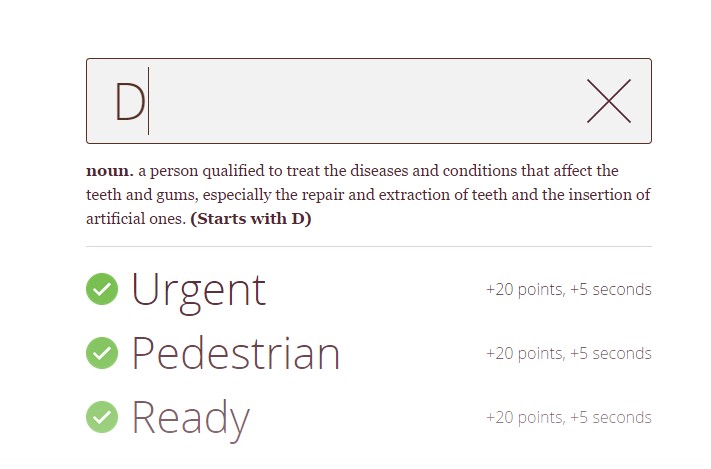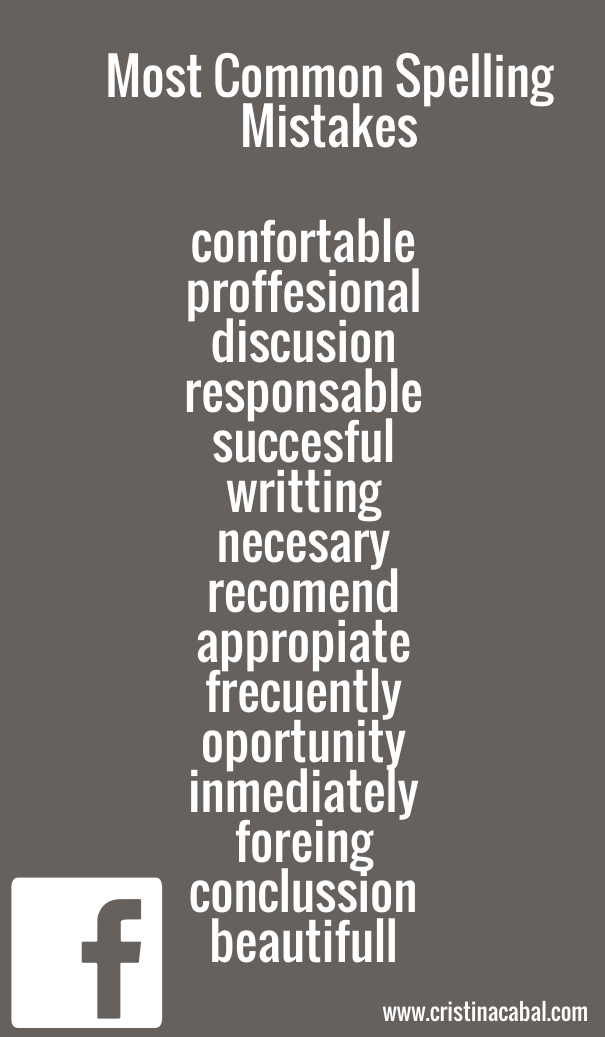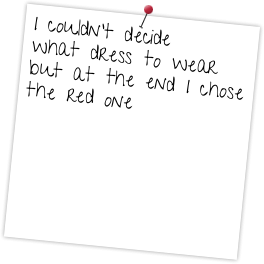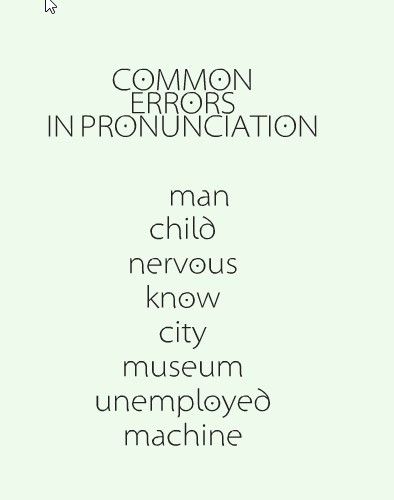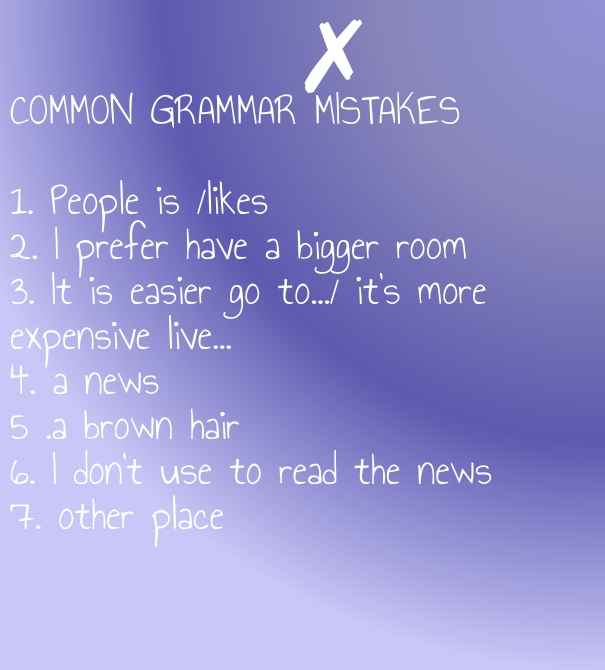Wanna have some fun with words?
Knoword is a fast-paced word game that helps boost vocabulary and spelling . It is highly addictive , a lot of fun and a game of quick thinking.
How does it work?
Once you hit the LET’S GO button , it gives you a dictionary definition randomly generated and the first letter of the word you need to guess. You are given a minute to guess the word . If you don’t know , click on the X and you’ll briefly see the word before a new definition is presented to you. Every single time you guess a word , you get an added time bonus (5 seconds) + 20 points and every time you skip a word -10 points
From the Menu on the right you can choose from three levels of difficulty: Novice, Hotshot and Wizard.
You don’t need to register to play the game although if you do , you can keep track of your statistics.
Seen on Free Technology for Teachers, a blog written by Richard Byrne, which I highly recommend.
